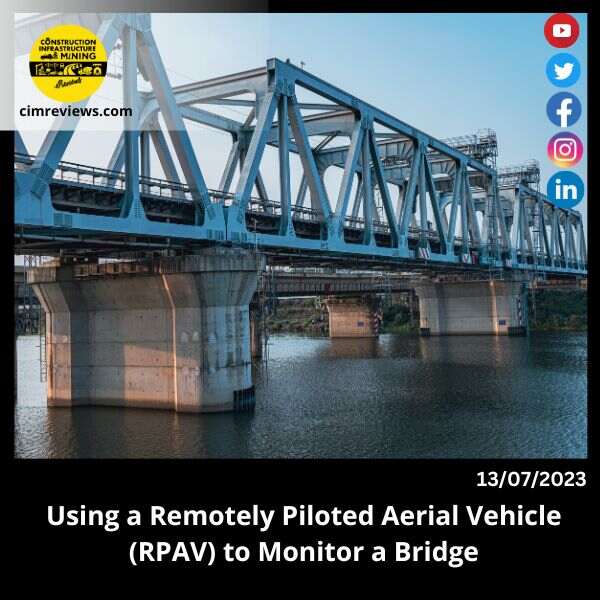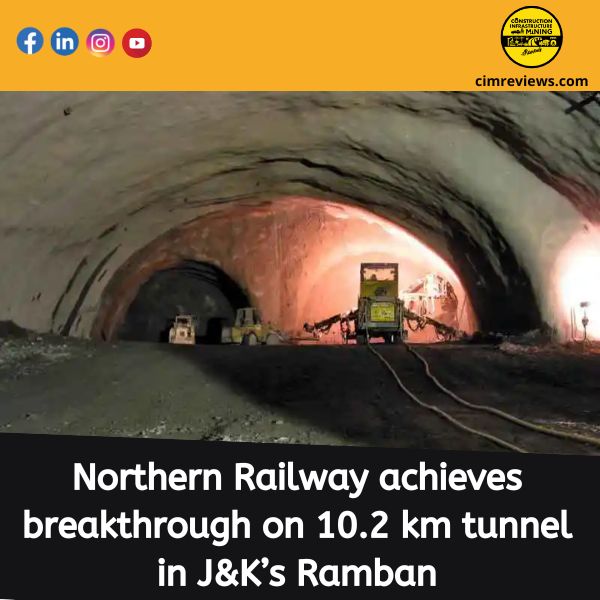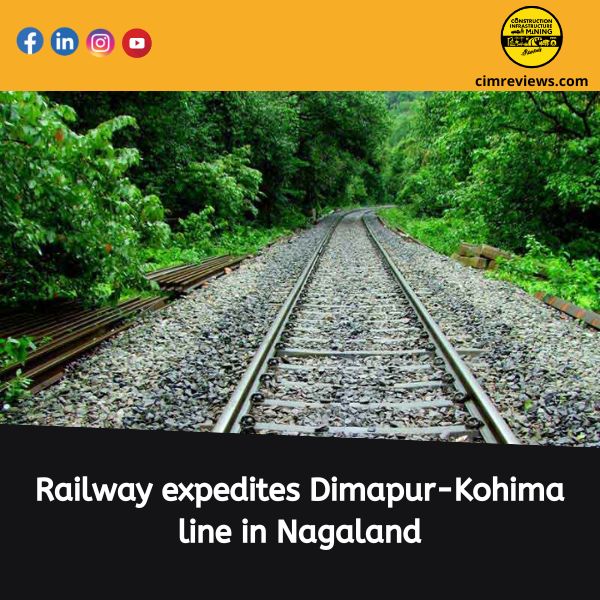
Monitoring Bridges with Remotely Piloted Aerial Vehicles (RPAVs)
In recent years, advancements in technology have revolutionized various sectors, including infrastructure monitoring and maintenance. One notable innovation is the use of Remotely Piloted Aerial Vehicles (RPAVs), commonly known as drones, for monitoring critical infrastructure like bridges. In this blog post, we explore the benefits and applications of using RPAVs in bridge monitoring, highlighting how this technology enhances safety and efficiency in infrastructure management.
The Importance of Bridge Monitoring: Bridges play a vital role in our transportation infrastructure, facilitating the movement of people and goods. However, as bridges age, they require regular inspections to ensure their structural integrity and identify potential issues. Traditional bridge inspections often involve manual methods, which can be time-consuming, costly, and sometimes risky for inspectors. This is where RPAVs offer a transformative solution.
The Role of RPAVs in Bridge Monitoring: Remotely Piloted Aerial Vehicles (RPAVs) provide a unique perspective for bridge monitoring, combining aerial imaging capabilities with advanced sensors and data collection technology. Equipped with high-resolution cameras, LiDAR systems, and thermal imaging, RPAVs offer a comprehensive and efficient means of inspecting bridges, enabling detailed visual analysis and data collection.
Benefits of RPAV Bridge Monitoring:
- Enhanced Safety: Using RPAVs eliminates or reduces the need for human inspectors to access potentially dangerous areas of a bridge. This significantly improves safety by minimizing risks associated with working at heights or in confined spaces.
- Cost and Time Efficiency: RPAVs can quickly survey large bridge areas, significantly reducing inspection time compared to traditional methods. With real-time data collection and analysis capabilities, inspections become more efficient, enabling faster decision-making for repairs and maintenance.
- Detailed Data and Analysis: RPAVs capture high-resolution imagery and collect precise measurements using LiDAR technology, enabling a comprehensive assessment of a bridge’s condition. This data, combined with advanced analytics, helps identify potential structural issues, such as cracks, corrosion, or deformations, that might not be easily visible to the naked eye.
- Early Detection of Defects: Regular RPAV inspections allow for early detection of defects or deterioration, enabling proactive maintenance and intervention. Timely identification of structural issues helps prevent further damage and ensures necessary repairs are made before they escalate into more significant problems.
- Historical Data and Comparison: By regularly monitoring bridges using RPAVs, authorities can establish a historical database of bridge conditions over time. This data can be used to compare structural changes, track deterioration patterns, and make informed decisions about maintenance, rehabilitation, or replacement strategies.
Challenges and Considerations: While RPAVs offer numerous benefits, their use in bridge monitoring also presents challenges that need to be addressed. Factors such as weather conditions, airspace regulations, privacy concerns, and the need for trained operators must be considered to ensure safe and responsible drone operations.
The utilization of Remotely Piloted Aerial Vehicles (RPAVs) for bridge monitoring represents a significant advancement in infrastructure management. This technology enhances safety, efficiency, and accuracy in bridge inspections, enabling authorities to proactively identify and address potential issues. By leveraging the capabilities of RPAVs, we can ensure the structural integrity of bridges, extend their lifespan, and improve overall transportation safety. As the adoption of RPAVs in infrastructure monitoring continues to grow, the benefits they bring to bridge management will undoubtedly contribute to the development of more resilient and sustainable transportation networks.
Group Media Publication
Construction, Infrastructure and Mining
General News Platforms – IHTLive.com
Entertainment News Platforms – https://anyflix.in/
Podcast Platforms – https://anyfm.in/








%20/23%20cimr%204.jpg)
